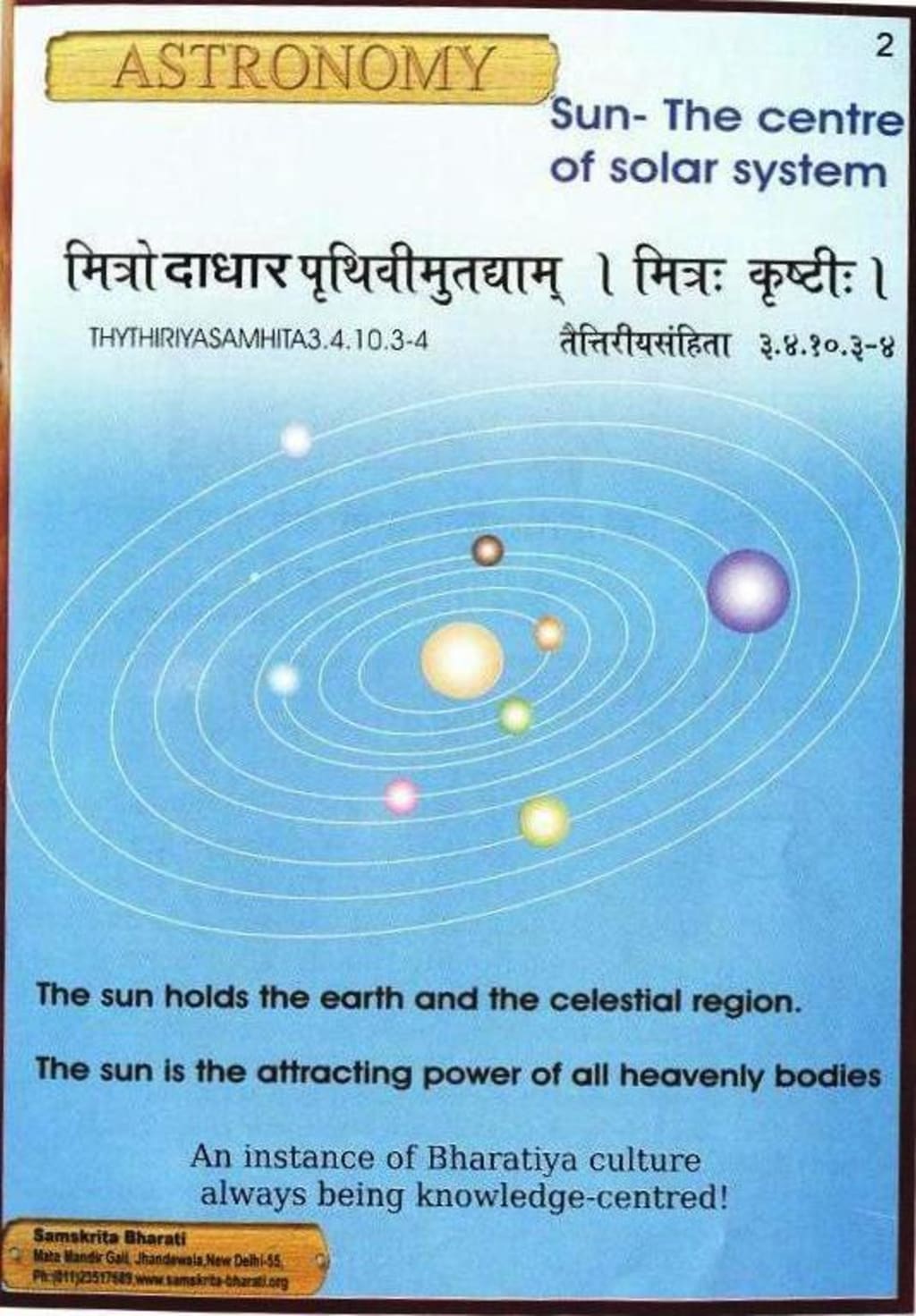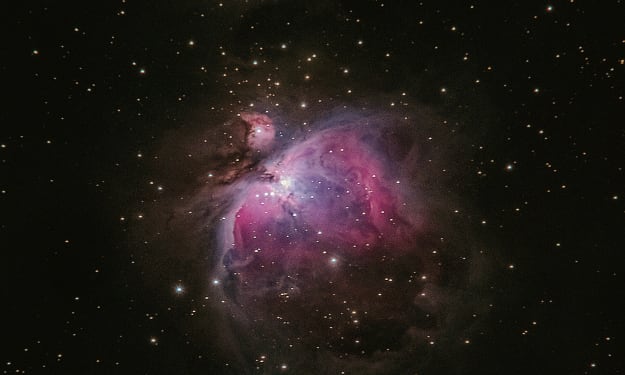Scientific Heritage of Bharat(India).
Hare Krishna. In this blog, we will give you information on the Scientific Heritage Of BHARAT, INDIA. Hare Krishan. Hari Bol.

### Ancient Bharat Astronomy: The Vedic Perspective on the Sun and the Solar System
The concept of the sun being at the center of the solar system, a cornerstone of modern astronomy, was remarkably acknowledged in ancient Indian texts. The Taittiriya Samhita (3.4.10.3-4) from the Vedic period presents an enlightened view of the sun's role in the cosmos, stating: "The sun holds the earth and the celestial region. The sun is the attracting power of all heavenly bodies." This profound understanding, encapsulated in the hymns of the Vedas, highlights the advanced astronomical knowledge possessed by ancient Indian scholars.
### The Central Role of the Sun in Vedic Cosmology
In Vedic literature, the sun, or Surya, is not merely a celestial body but a divine entity that governs the cosmos. The Rigveda, one of the oldest Vedic texts, contains numerous hymns dedicated to Surya, celebrating his role in sustaining life and maintaining cosmic order. The Vedas present the sun as the source of light, energy, and life, an understanding that aligns closely with modern scientific principles.
The Taittiriya Samhita’s reference to the sun's central position and its gravitational influence on celestial bodies is particularly striking. This suggests that ancient Indian scholars had a sophisticated grasp of the fundamental forces governing the universe. The notion that the sun "holds" the earth and other celestial bodies implies an early understanding of gravitational forces and the heliocentric model of the solar system, concepts that were formally established in Western science only in the 16th century by Copernicus.
### Vedic Insights and Modern Science
Modern astronomy confirms the Vedic view of the sun’s central role in the solar system. The sun’s immense gravitational force keeps the planets in their orbits, a principle that is foundational to our understanding of planetary motion. This gravitational pull ensures that the planets, including Earth, revolve around the sun in a stable, predictable manner, creating the conditions necessary for life on our planet.
Moreover, the sun is the primary source of energy for Earth. Through the process of nuclear fusion, the sun converts hydrogen into helium, releasing vast amounts of energy in the form of light and heat. This energy drives the climate and weather systems on Earth, supports photosynthesis in plants, and ultimately sustains all forms of life. The Vedic appreciation of the sun’s vital role in sustaining life reflects an intuitive understanding of these scientific principles.
### Ancient Practices Rooted in Solar Knowledge
The reverence for the sun in Vedic culture was not merely theoretical; it permeated daily life and rituals. One of the most prominent practices is Surya Namaskar, or Sun Salutation, a series of yoga postures performed at sunrise. This practice is designed to harness the sun’s energy, promoting physical health and spiritual well-being. The rhythmic movements and deep breathing in Surya Namaskar align the body and mind with the sun's cycles, fostering a deep connection with this vital source of energy.
Additionally, Vedic rituals often included offerings to the sun at dawn and dusk, times when its rays are believed to have the most beneficial effects. These practices, rooted in an ancient understanding of the sun's power, highlight a holistic approach to health and spirituality that integrates physical, mental, and environmental well-being.
### The Legacy of Vedic Astronomy
The advanced astronomical knowledge evident in Vedic texts underscores the rich scientific heritage of ancient India. The Vedic scholars’ understanding of the sun’s central role in the solar system and its gravitational influence on celestial bodies predates many discoveries of modern astronomy. This legacy of knowledge serves as a testament to the sophisticated observational and analytical skills of ancient Indian astronomers.
### Relevance in the Contemporary World
As we face the challenges of climate change and the search for sustainable energy sources, the ancient wisdom of harnessing solar energy becomes increasingly relevant. Solar power is a clean, renewable resource that can help reduce our dependence on fossil fuels and mitigate environmental degradation. The principles of sustainability and harmony with nature, central to Vedic teachings, offer valuable insights for modern society.
The rapid advancements in solar technology, such as photovoltaic cells and solar thermal systems, enable us to harness the sun’s energy more efficiently than ever before. By integrating these technologies with the holistic practices rooted in Vedic wisdom, we can create a sustainable lifestyle that honors both tradition and innovation.
### Conclusion
The recognition of the sun’s central role in the solar system and its gravitational influence on celestial bodies, as articulated in the Taittiriya Samhita, reflects the profound astronomical knowledge of ancient Indian scholars. This understanding, coupled with the practical applications of solar energy in daily rituals and health practices, highlights the depth and sophistication of Vedic science.
In contemporary times, as we seek sustainable solutions to global challenges, the ancient wisdom of the Vedas offers valuable guidance. By embracing the principles of solar energy and integrating them with modern technologies, we can create a future that is both sustainable and deeply connected to our natural environment. The legacy of Vedic astronomy continues to illuminate our path, reminding us of the enduring wisdom that transcends time and culture.
This is the Second part(2), the next part will come soon.
MIRABANTA SAPAM, alice Calvin Sapam.
HARE KRISHNA. HARI BOL.
About the Creator
Enjoyed the story? Support the Creator.
Subscribe for free to receive all their stories in your feed. You could also pledge your support or give them a one-off tip, letting them know you appreciate their work.





Comments
There are no comments for this story
Be the first to respond and start the conversation.